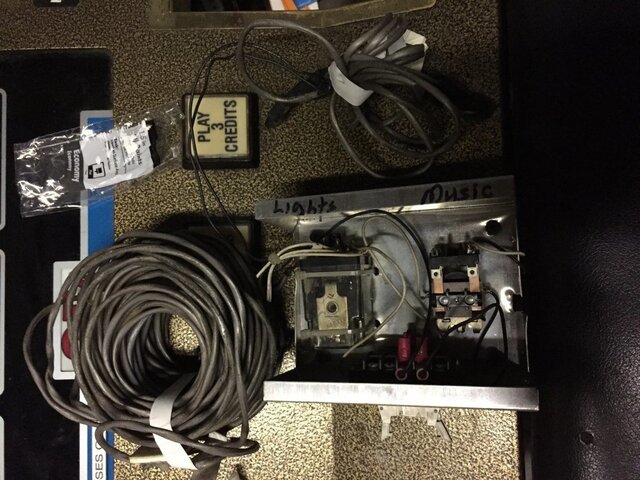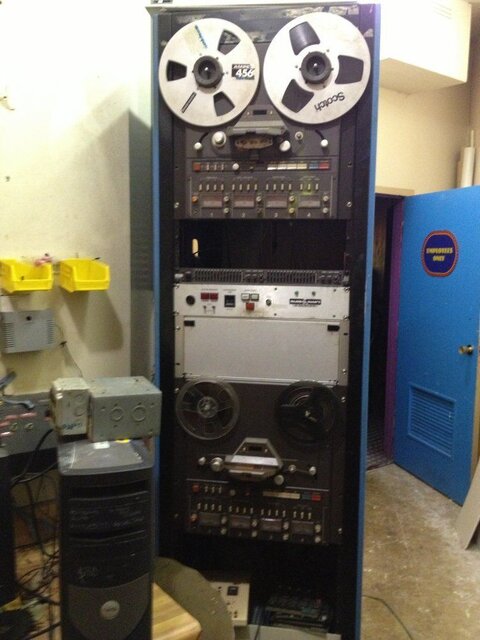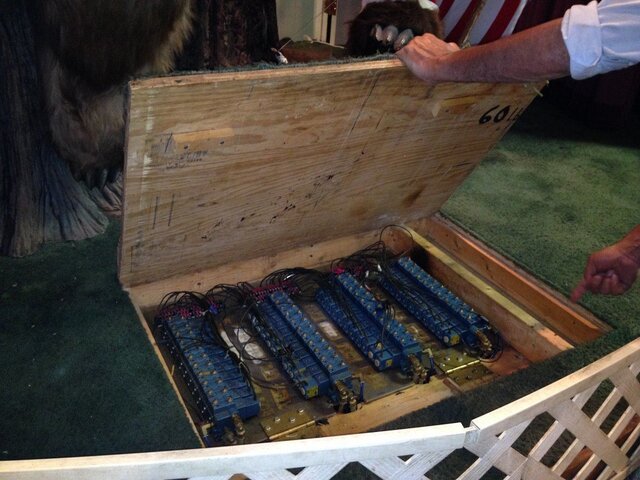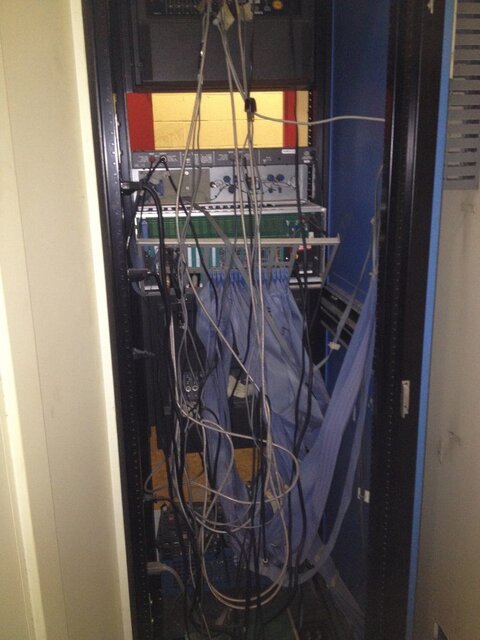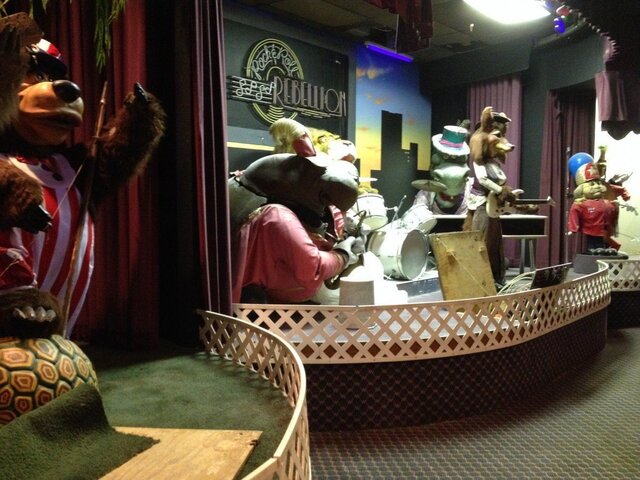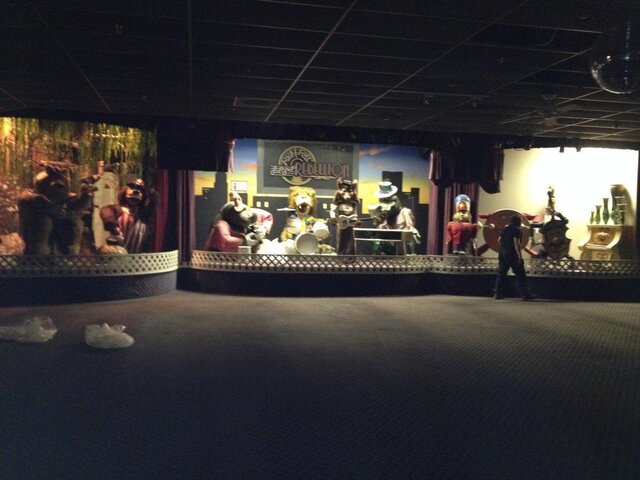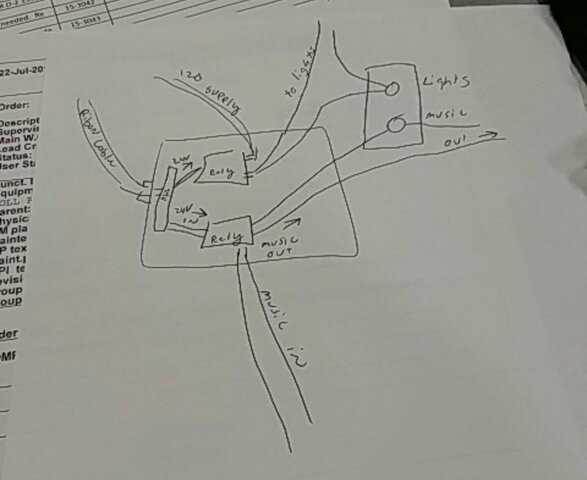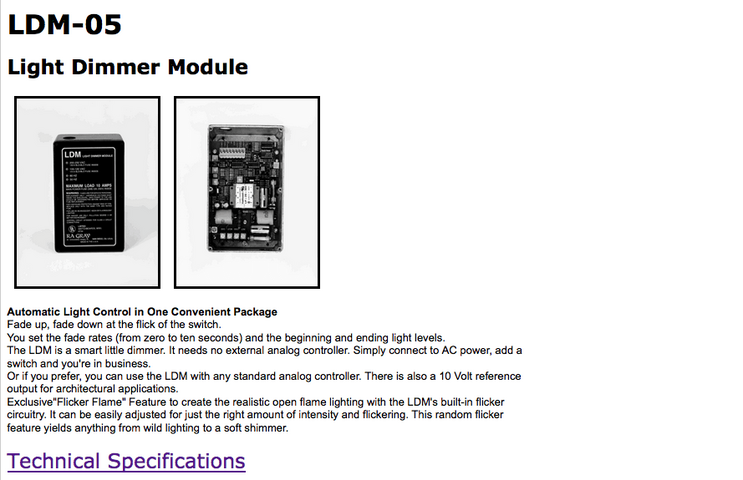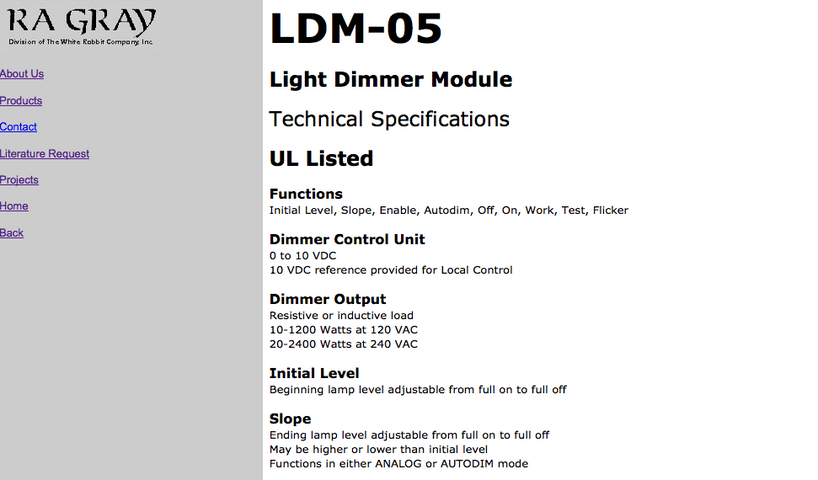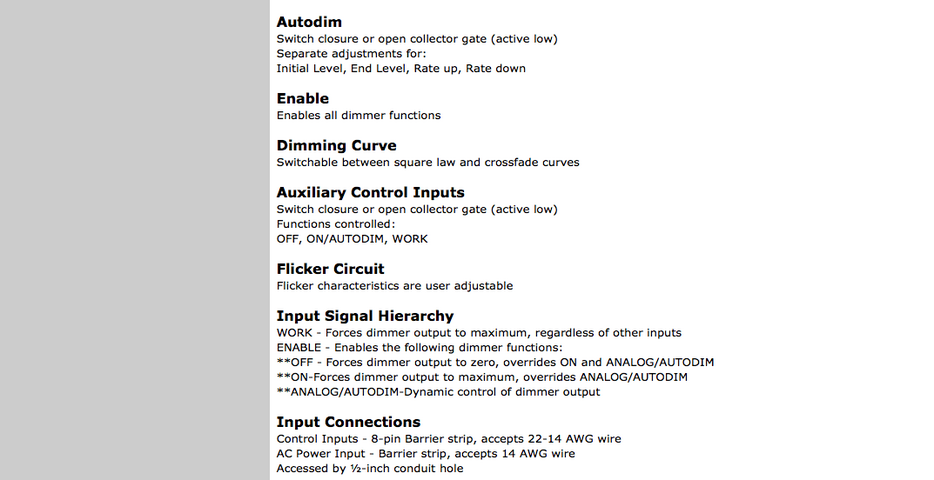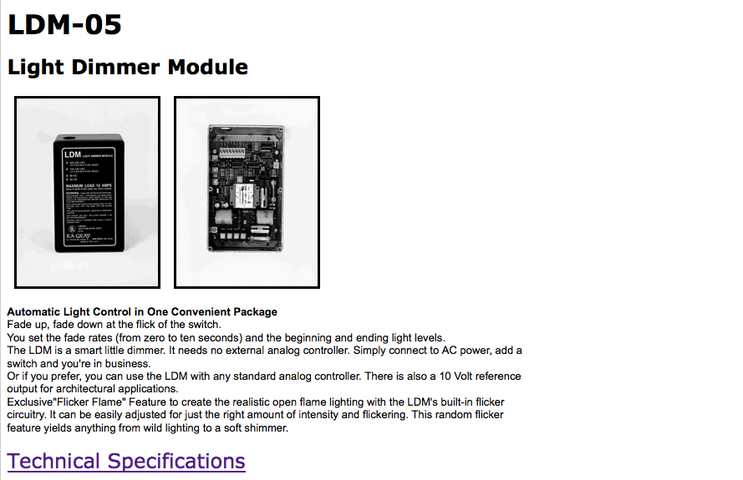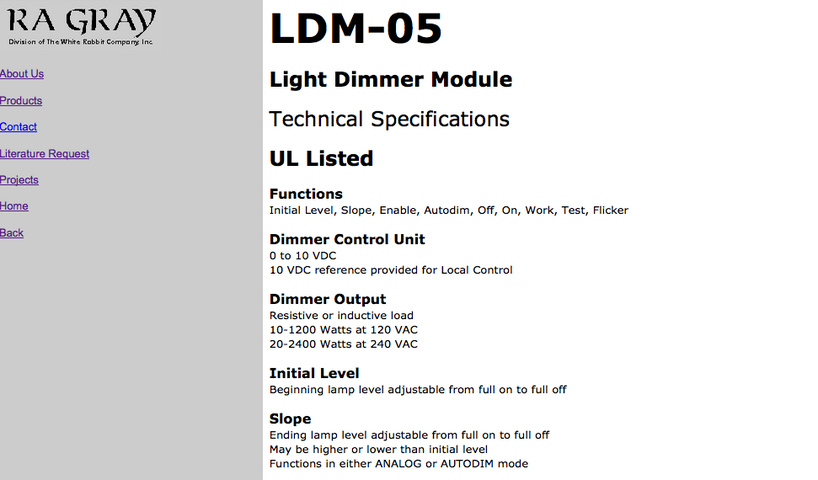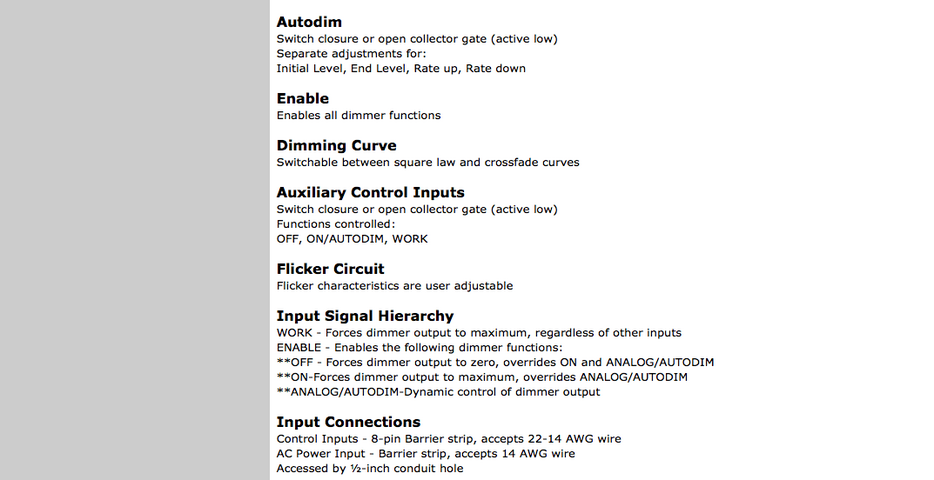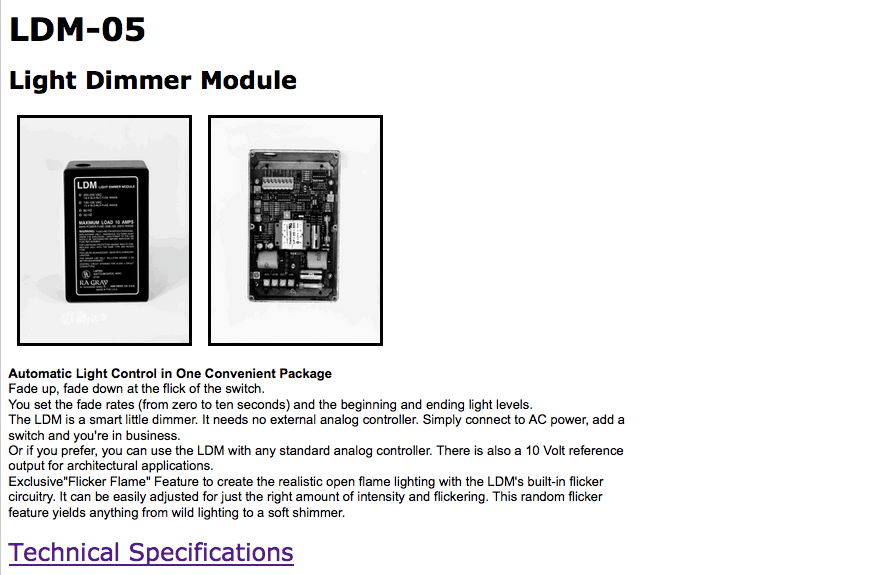Dennis McDonnell
Member
Hi. I just discovered this site so i figured I would sign up and fire away my first question.
I have an animatronics show, similar to chuck e cheeses but its from an old arcade place in Michigan called Major Magics All Star Pizza Revue. Here is my application and problem:
With respect to the animatronics show, I have an RA Gray control system that has a ton of ribbon cables coming off of it. Some cables control character movements (through mac valves) as well as lighting. Keep in mind this show was programmed back in 1982 and has a data steam that is coming from a laptop. The data stream goes from a laptop, into the control system and out to a ribbon cable. What it does is basically dims the showroom lights letting everyone know a show is coming on, stays dimmed while the animatronic show is playing and once the show is over, the lights go back to bright house lever. This is what I need to accomplish. I do not have the origial dimmer box.
So that's what I need to do.. have the ribbon cable feed into something 24VDC and have the output light up the lights in the ceiling 110vAC.
What would be the best, most cost efficient way to do this in 2015, explained in simple terms as I am not a Tekkie!
Thanks!
I have an animatronics show, similar to chuck e cheeses but its from an old arcade place in Michigan called Major Magics All Star Pizza Revue. Here is my application and problem:
With respect to the animatronics show, I have an RA Gray control system that has a ton of ribbon cables coming off of it. Some cables control character movements (through mac valves) as well as lighting. Keep in mind this show was programmed back in 1982 and has a data steam that is coming from a laptop. The data stream goes from a laptop, into the control system and out to a ribbon cable. What it does is basically dims the showroom lights letting everyone know a show is coming on, stays dimmed while the animatronic show is playing and once the show is over, the lights go back to bright house lever. This is what I need to accomplish. I do not have the origial dimmer box.
So that's what I need to do.. have the ribbon cable feed into something 24VDC and have the output light up the lights in the ceiling 110vAC.
What would be the best, most cost efficient way to do this in 2015, explained in simple terms as I am not a Tekkie!
Thanks!



